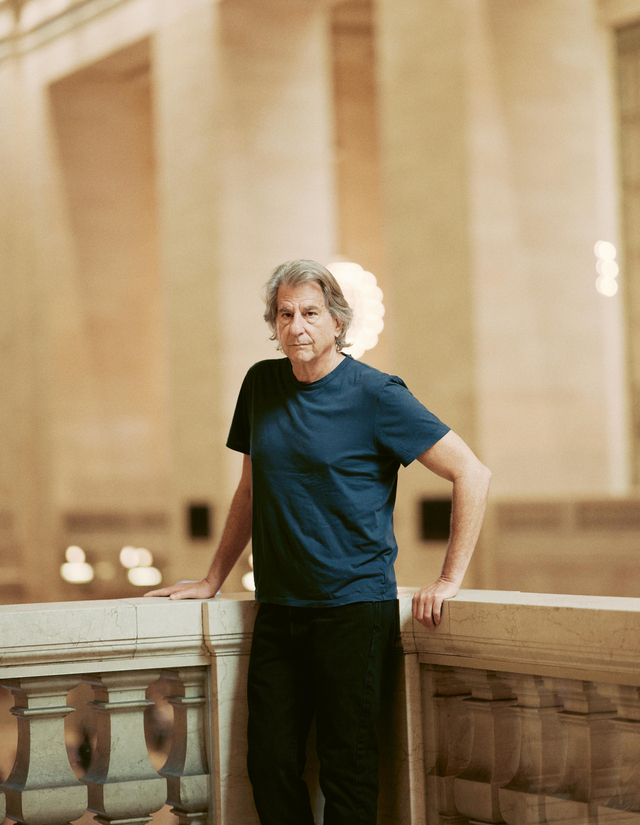David Rockwell - Master of Experiences
By: Eva Slunečková
Photo: William Jess Laird, Shotby.us
Fascination with Light
It’s known that you have a strong affinity for collecting vintage kaleidoscopes. I mean, you have about 75 pieces by now. Is this passion of yours somehow connected with the lighting collection you’ve designed for Lasvit? Because I can see some points of intersection...
I think there is definitely a connection. The first one is my lifelong fascination with light, and I mean light in every possible form. Kaleidoscopes began very early on just because I was interested in them. Now, as I’m analyzing them more, I think what’s most interesting about kaleido¬scopes is that you use glass and mirrors to take things that are familiar and transform them into new, interesting formations. They only work with the eye and with light. Most of my kaleidoscopes have different ways of how they work, from the side or the back.
Understood, you’re fascinated by that change in perspective. But please, explain to me how you can apply it in your own design? What can it influence?
With light fixtures, I truly believe that lighting is like the cinematographer of our lives. Without lighting, you can’t see anything. Light can make a room appear smaller or larger. It can create a warm or cold atmosphere in a room. Light can bring people together or keep them apart. These are all factors that influence my thinking about lighting.
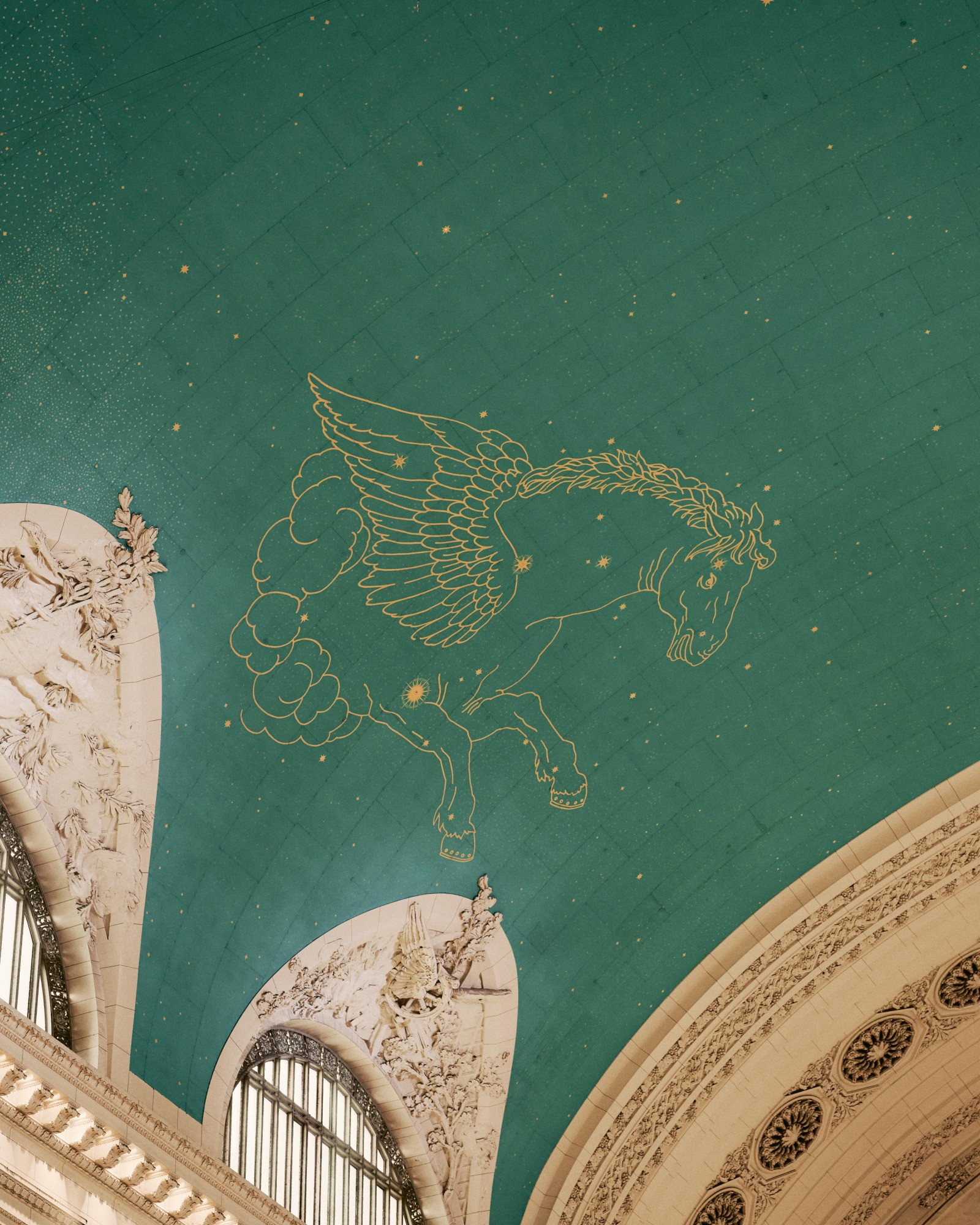
Lasvit Constellation
How did the collaboration with Lasvit come about?
We have such a long history of develop¬ing bespoke projects, so when it came to creating a whole new product category, it was a very open collaboration. We wanted to think about how we would use the form of craftsmanship to create something contemporary that really is about light in the purest sense.
Can you guide me through the process behind the Constellation collection? Was it a matter of the first sketch? As some design rumours often say, a sketch on a napkin in the heat of creativity...
No, this was definitely not this case. (laughs) There were many, MANY sketches! One of the reasons is that we like to do a lot of research in the studio.
But I think the general concept was very clear from the beginning. Can you elaborate on it more for us?
I did have this idea that one of my favorite spaces in New York is Grand Central because I think it has the most heroic entrance into the city. When you think about people arriving in the city as travelers and looking to find where to go, in 1913 they built this amazing building with this turquoise sky and 2500 stars that represented the sky where explorers would look to see where they were going. So, we got to know more about Lasvit and their capabilities, and I actually think the fixtures are some of the more minimal fixtures in Lasvit’s collection, which meant that the details had to be really well crafted.
That sounds like a real challenge!
Yes, it definitely was. As we started to cre¬ate various sketches, we explored several different approaches, but ultimately we came up with the idea of using five distinct constellations of varying sizes in two different finishes. We developed them in a way where not only does the light fixture emit a glow, but it also reflects light off the wall behind it. This creates a halo effect around the light fixture, which I believe is one of its most enchanting features.
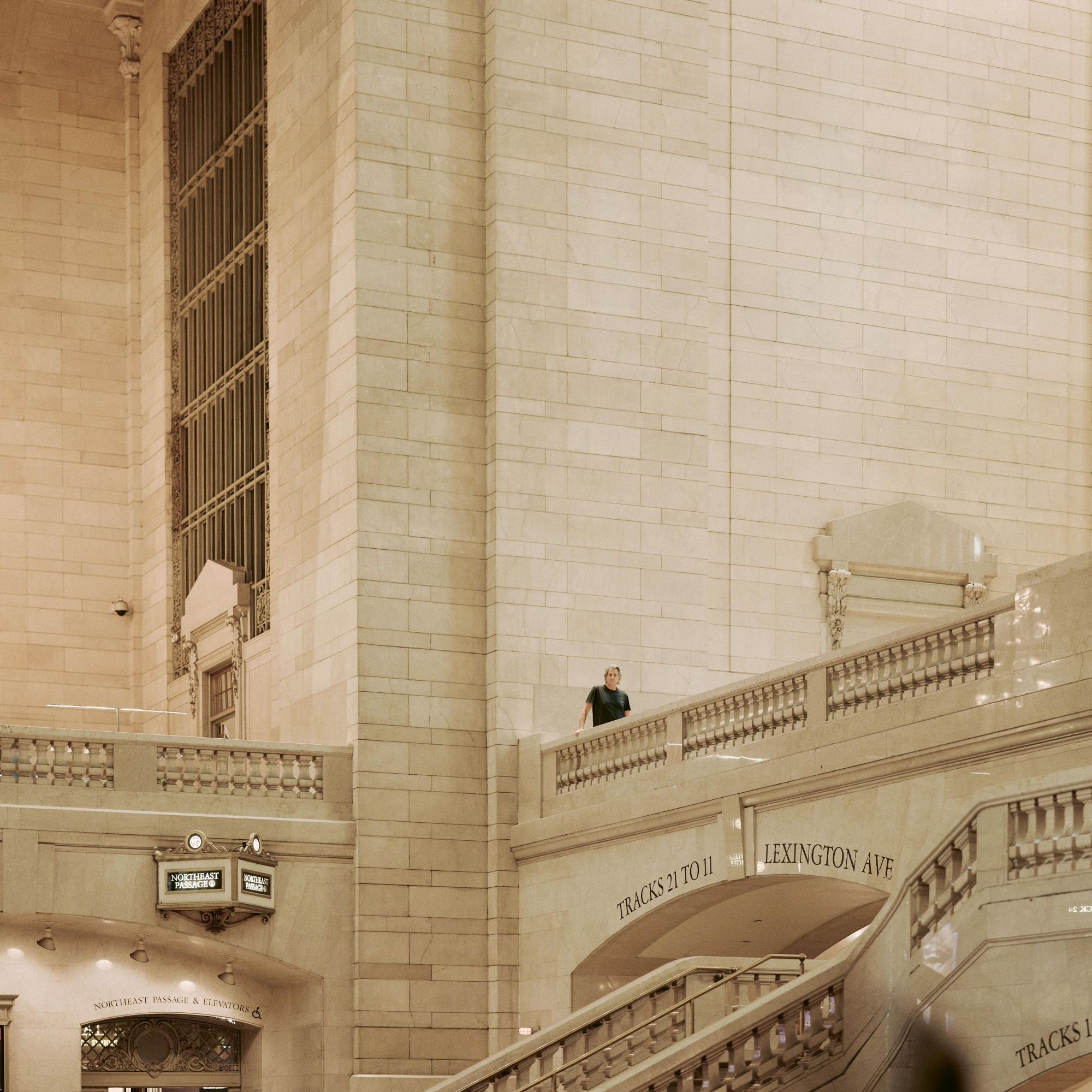
Theatre experiences in glass
I’ve read the book Drama, where you say, “We start by asking not how something is going to look, but how we want the audience to feel.” You very much focus on the audience in your work, especially in relation to your scenogra¬phy. Is this approach also applicable to product and interior design, and if so, how?
The reason I did the book Drama was because I thought there were so many interesting references in the theater world that are avail¬able to architects outside the field. Some of them have to do with ephemeral experiences, experiences that aren’t meant to last forever. And you know, theater creates an amazing moment. So I like to kind of melt those two art forms and learn from them. And that’s an interesting thing to do with a company like Lasvit that is known for very strong craftsmanship.
How can something so abstract influence the design of a lighting collection?
It’s one of the reasons why the fixtures in the Constellation collection appear to float. I believe it establishes a genuine emotional connection. They evoke an immediate attraction.
They seem very familiar and friendly in a way. If you can say something like that about a piece of glass and metal...
That’s the other thing that’s important to me, something I’ve learned from theat¬er – lighting can really set the mood. So when you’re looking at these fixtures, the reflected light is quite beautiful. While you’re observing the fixture, it’s almost like it’s observing you, casting light on your face. Another powerful aspect from theater is choreography and movement. Theater is always an experience in transition as you move from one place to another, and in the case of these fixtures, they’re clearly about movement – they have a sense of direc-tionality to them.
Specific Briefs for specific people
Do you have a specific type of visitor in mind for whom you’re primarily designing? It’s been said that you prioritize people in your work, often conducting interviews with those who will be using the space to inform your design.
One of our basic building blocks is people, and looking at spaces from their point of view. We are interested in how they move through it, how the space unfolds and serves their needs. We start the design process by creating a kind of narrative. I think so much of my inspiration in design is taken from the world of theater. I love theater, and I grew up in a family where my mom was involved in theater. If I’m work¬ing on a play, the script is the map. When we’re creating a building or space, we have to extract that script from the clients we’re working with. Our interviewing is really about finding that hidden DNA, those special elements about the client, the site, the location to build the story around.
I appreciate that your projects, whether it’s a restaurant, a playground, or lighting, always convey a sense of something unique. How do you manage to incorporate this sense of ‘drama’ into such diverse scales and different media?
We’ve always designed a lot of custom lighting fixtures for our projects, and we’ve ventured into one other product line of lights. However, we don’t typically create a wide range of products. I enjoy working on product designs, but I’m in¬clined to pursue projects where I feel we’re introducing something truly unique be¬cause there are already so many products available. For instance, you visit Salone del Mobile in Milan, and you realize that perhaps the world doesn’t need another chair. There’s an abundance of chairs, just as there is with light fixtures. We strive to develop a highly specific brief and craft something that hasn’t been seen before.
That’s quite a challenging task! In this context, what do you think the focus for the future of product and interior design should be, one that we should be more aware of and are not really yet?
Having a strong point of view, not getting Pinterest mania. We are looking at everything that’s happening all over the world and you know, try and conjure up something interesting and unique that you fall in love with and feel like it could be interesting to other people.
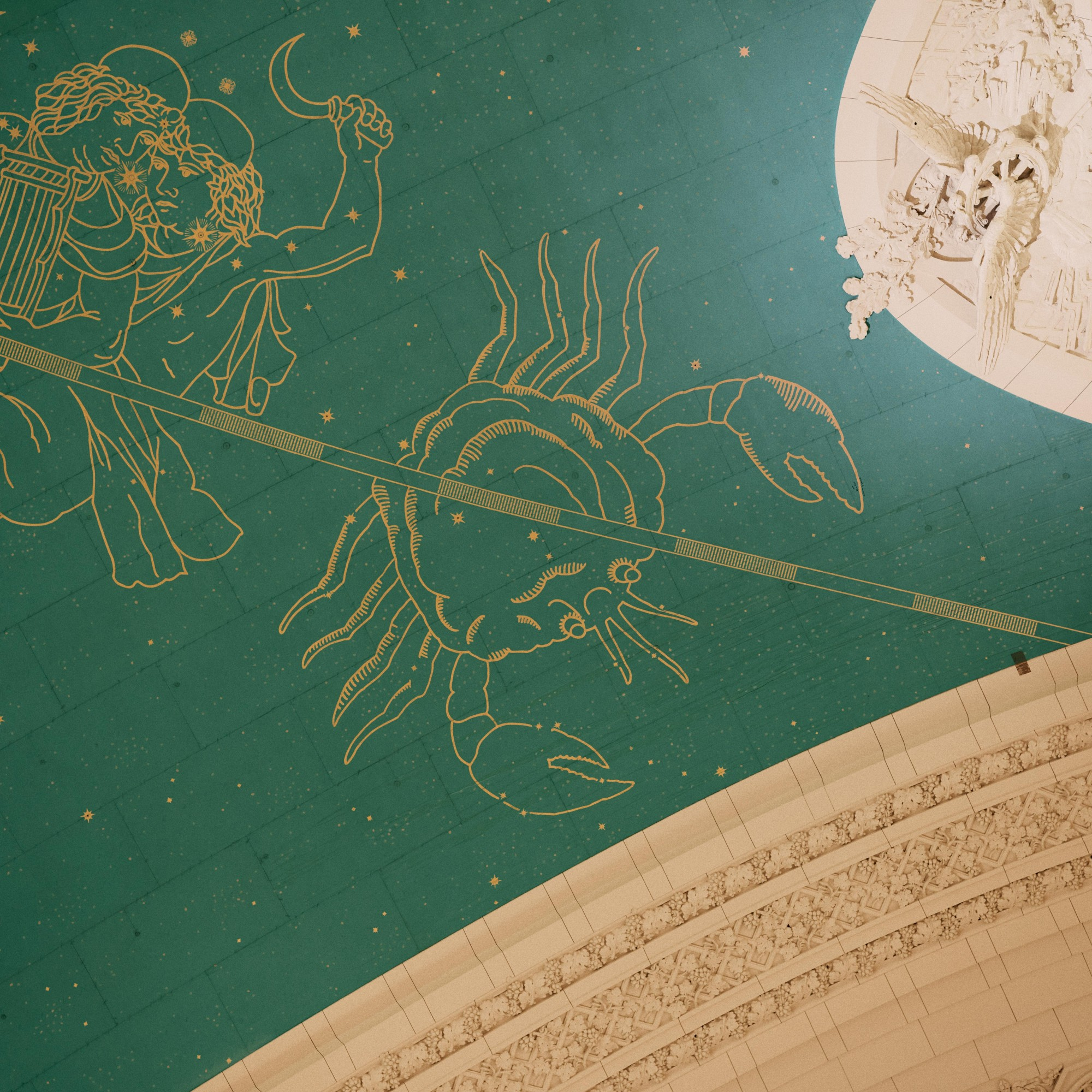
Ways of interaction
Your designs aim to inspire people to take action. I can sense it in the interior of Omnia club in Las Vegas or the children’s Imaginative Playground in New York, which motivates collaboration. How can you apply this kind of mindset to architecture or design? What should the Constellation collection encourage people to do?
Well, it’s the aspect of design that I fell in love with the earliest. Design has the power to bring people together, and I truly believe it serves as a connector. We apply that perspective to problem solving. In the case of the playground, it involved five years of research, study and con¬templation about play – not just linear play, but collaborative play. To me, it’s all interconnected in the sense that it revolves around creating opportunities for human connection. During COVID, we all witnessed what cities are like without human connections; it’s much like an empty theater. When you think about it, a theater remains inert unless there are people working together to create something. I think we came to realize it’s the same for a city – architects often focus on the physical aspects, but what truly brings a city to life is people finding ways to interact.
This interaction may well relate to experiential design, which is increasingly finding its way into interior design. Now, your project from 2009 comes to mind when the character¬istically red Oscars stage transformed into an unusual blue. Back then, you draped it in a crystal curtain and illuminated the stage with a pattern from Michelangelo’s Piazza del Campidoglio in Rome. When this scene came to life, it was unforgettable. I wasn’t there in person; I just saw it in a video as part of the preparations for this interview.
Architects love to, of course, think about things lasting forever – creating these lasting monuments. One of the things that COVID has drilled home is the fact that nothing really lasts forever. Sometimes the spaces that have the biggest impact on us last two hours. And if you’re not there, you didn’t see it.
At home with David
When you create all those beautiful scenes – Oscars, Broadway musicals, theatrical per-formances... How does it influence the interior you live in?
There are things all over my house, some of them bespoke things I did with artists on projects, some of them furniture we’ve designed, some of them models from Broadway shows. Carpets from The Rug Company, furniture we’ve done for Roche Bobois and Paola Lenti, a grill that I designed for Caliber, the model from the Broadway show She Loves Me, a model from Hairspray, things like that. Also I have this beautiful woven piece over my bed that I designed and had made. And I am going to be putting a piece of the Constellation collection in my apartment just now!
So you’re not a ‘cobbler who always wears the worst shoes,’ as the saying goes. You live at home surrounded by your own design?
Actually, my roof in New York is my favorite space, and there’s a collection of three or four different products that we designed in the studio. However, we don’t design products that we think only we’re going to use. You know, it’s not typically an extension of the products we need; it’s more of a creative collaboration. In the case of Lasvit, we wanted to understand what their clients wanted and what Lasvit’s capabilities are.
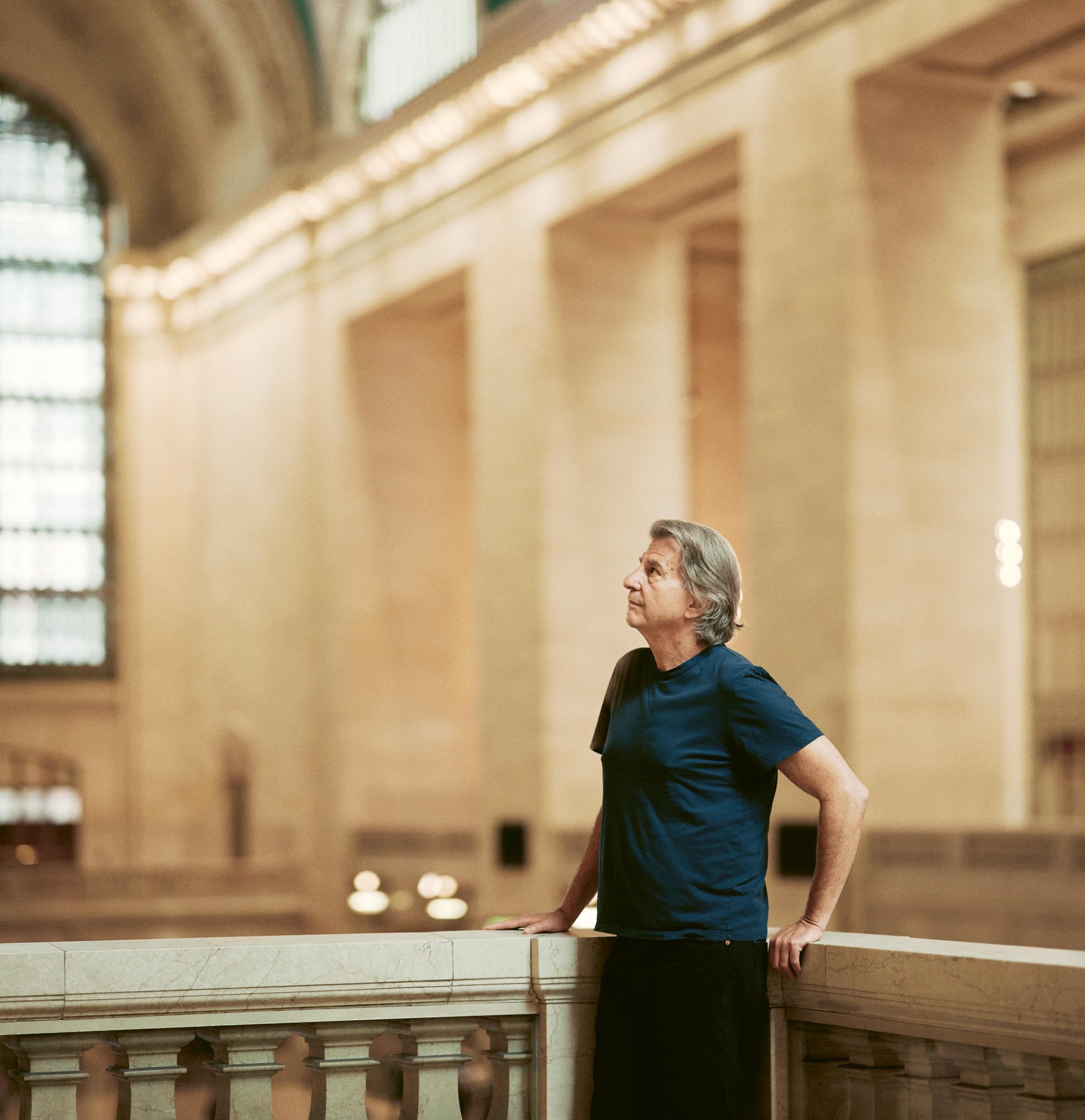
Memorable Moments
Since the topic of our issue is ‘transformation,’ I wish to ask you – what was your most trans-formative experience, one that changed your life or the way you experience it?
I have to say transformation is one of the words we use the most in the studio. In fact, when I was 11, I was living in New Jersey, came to New York with my brothers and my parents, and we went to my first Broadway show and ate in my first New York City restaurant. And those were very transformative experiences in terms of opening my eyes to possibilities. But also, I don’t know how specifically this example will resonate with you, but when you go to see a Broadway show, and I had never seen one before then, what happens is the physical set can transform in front of your eyes. There’s live movement with music, with dance, with all the elements, and so many, many years later in 1995, when my architecture studio had been around for 10 or 11 years and I wanted to start to work in theater as a set designer, my way in to talk to directors was to talk about transformation. Because if you think about it, an audience coming in wants to come out feeling something different. That was a critical transformative experience for me. And also then when I was 12, moving to Guadalajara, Mexico was equally transformative because everything about my world changed from being about private homes to being about big open streets. And, you know, the emphasis was on public life, not private life. Does that make sense? (laughs)
I believe it makes perfect sense! And one last question – people tend to remember just a few things or feelings, when reading an interview or visiting a place. What do you wish people would take from this article or seeing your lightings?
I love the question because I do think you can think of buildings as memory machines, that you really only remember certain things. And what I think about Constellation is that people will see it as something that is intriguing from a distance, and when you get close up to it, even more mysterious and interesting. I think there’s a few things that are most distinctive about it that are memorable. It has a kind of magic to it that is very simple, but it attracts you from a distance, and when you get up it is even more interesting up close. And then I hope that people will remember to buy it. (laughs)


